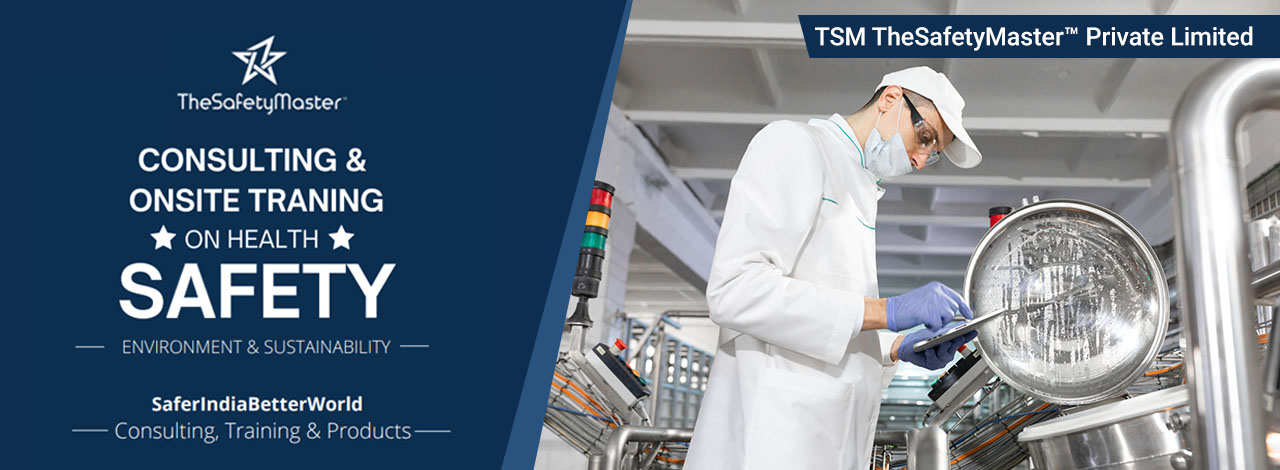Conducting a Safety Audit is crucial for identifying workplace hazards, ensuring compliance with regulations, and improving overall safety. However, many organizations encounter common issues during audits that need to be addressed proactively. Understanding these findings and implementing effective solutions can significantly enhance workplace safety and operational efficiency.
Lack of Proper Risk Assessments
One of the most frequent findings in safety audits is the absence of detailed risk assessments. Many workplaces either fail to conduct thorough risk evaluations or do not update them regularly. Without these assessments, companies may overlook potential hazards that could lead to serious accidents.
How to Address It:
- Conduct periodic Hazop Study to systematically assess risks in industrial processes.
- Implement a structured risk assessment framework tailored to the organization’s operational needs.
- Train employees on hazard identification and encourage reporting of potential risks.
Insufficient Fire Safety Measures
Fire hazards are often cited in safety audits due to inadequate fire prevention systems, improper storage of flammable materials, or lack of employee training in fire response protocols.
How to Address It:
- Perform a comprehensive Fire Audit to assess fire risks and implement appropriate safety measures.
- Install and maintain fire suppression systems, alarms, and extinguishers.
- Conduct regular fire drills and educate employees on evacuation procedures.
- Ensure compliance with fire safety regulations and industry best practices.
Non-Compliance with Safety Regulations
Many organizations receive safety audit findings related to non-compliance with local and international safety standards. These may include improper personal protective equipment (PPE) usage, lack of emergency exits, or failure to maintain safety documentation.
How to Address It:
- Stay updated with industry regulations and ensure all safety policies align with legal requirements.
- Conduct regular training sessions to educate employees on compliance requirements.
- Work with a Safety Consultant to assess compliance gaps and implement corrective actions.
Ineffective Process Safety Management
In industries dealing with hazardous materials and complex operational systems, inadequate Process Safety Management is a common concern. Weak safety protocols can lead to chemical spills, explosions, and operational failures.
How to Address It:
- Develop a robust process safety framework that includes hazard analysis and risk mitigation strategies.
- Regularly review and update safety protocols in high-risk operations.
- Train employees on process safety best practices to prevent industrial incidents.
Poor Equipment Maintenance
Equipment malfunctions are another frequent issue identified in safety audits. Lack of maintenance increases the risk of accidents, disrupts productivity, and leads to higher operational costs.
How to Address It:
- Establish a preventive maintenance schedule for all machinery and safety equipment.
- Perform routine inspections to identify potential failures before they escalate.
- Train employees to recognize early signs of equipment wear and malfunction.
Insufficient Employee Training and Awareness
An untrained workforce is more likely to make mistakes that compromise workplace safety. Safety audits often highlight gaps in employee knowledge regarding hazard prevention, emergency procedures, and proper use of PPE.
How to Address It:
- Implement a structured safety training program for all employees, including periodic refresher courses.
- Encourage a safety-first culture by promoting awareness campaigns and safety drills.
- Provide clear guidelines and handbooks for employees to reference safety procedures.
Lack of Emergency Preparedness Plans
Many organizations fail to develop or update their emergency preparedness plans, leading to confusion and ineffective response during critical situations such as fires, chemical spills, or medical emergencies.
How to Address It:
- Develop comprehensive emergency response plans and ensure they are accessible to all employees.
- Conduct regular drills to test the effectiveness of emergency plans.
- Assign emergency response teams and provide specialized training to handle crisis situations.
Unsafe Handling and Storage of Hazardous Materials
Industries dealing with hazardous substances often receive audit findings related to improper handling, storage, and disposal practices. This increases the risk of leaks, contamination, and worker exposure to harmful chemicals.
How to Address It:
- Follow standardized protocols for handling, labeling, and storing hazardous materials.
- Provide employees with specialized training on hazardous material management.
- Implement spill prevention and containment measures to minimize environmental risks.
Conclusion
A safety audit serves as a vital tool for identifying workplace hazards and ensuring compliance with safety regulations. Addressing common findings proactively can lead to a safer work environment, reduced risks, and improved operational efficiency. By conducting regular audits and implementing corrective measures, organizations can cultivate a strong safety culture and protect employees from potential hazards. Ensuring compliance with industry best practices and working with safety experts can further enhance workplace safety and operational sustainability.

